The nature and operation of the Register of Parks and Gardens of Special Historic Interest in England are addressed in detail here, and various aspects revisited in a number of other posts. But how does the protection of parks and gardens work in the rest of the United Kingdom? This post looks at the equivalent provisions in Wales, Scotland, and Northern Ireland.

Devolution
Why are there different approaches to the identification and protection of historic parks and gardens in each of the home nations? There have always been some differences, but these became more marked following devolution – the transfer of some powers from the UK Parliament to the Scottish Parliament, the National Assembly for Wales, and the Northern Ireland Assembly in the late 1990s. In all cases, the devolved powers include planning and heritage.
Wales
The Welsh system is perhaps closest to the English. The list of parks and gardens takes the form of a register (the Register of Historic Parks and Gardens), with a statutory basis since 2022, and inclusion is determined on the basis of special historic interest (there are around 400 registered sites, which may be viewed here). Once registered, parks and gardens are graded as I, II*, or II, although the definitions vary slightly from those in England: Grade I is defined as being ‘of exceptional interest’ in both cases, but Grade II* is ‘of great quality’ in Wales, instead of England’s ‘of more than special interest’, and Grade II – whilst still being ‘of special interest’ in Wales – does not include the reference to ‘warranting every effort to preserve them’.
There are further differences. The Register is compiled by Cadw on behalf of the Welsh Ministers, Cadw being the Welsh Government’s historic environment service, and part of the Welsh Government’s Arts and Sport Department. In contrast, Historic England is a non-departmental public body, an agency at arm’s length from Government. Importantly, the power to create the Register is not permissive in Wales, as it is in England. Instead, the Welsh Ministers ‘must’ compile a register. The relevant legislation is also more specific as to what might be included in that register. Where Historic England may include ‘gardens and other land… appearing to them to be of special historic interest’, Cadw may select from ‘such of the following grounds in Wales as appear to them to be of special historic interest’: parks, gardens, designed ornamental landscapes, places of recreation, and ‘other designed grounds’. In Wales, it is also possible to ‘decide whether, or to what extent, it would be appropriate to include as part of the registration of grounds… any building or water on, or adjacent or contiguous to, those grounds; or any land adjacent or contiguous to those grounds’.
As in England, the purpose of the Register is to identify and protect designed landscapes, and it is closely linked to the planning system. The Register is a material consideration in both England and Wales, and there is a requirement to consult the Welsh Ministers (via Cadw) on ‘development likely to affect the site of a registered historic park or garden’, though in Wales this is extended in scope beyond the equivalent English provision to also include a registered site’s setting. Unlike in England, though, the consultation requirement does not include the equivalent of the Gardens Trust, the Welsh Historic Gardens Trust, though the latter ‘may’ be consulted.
National planning policy for the historic environment (including registered parks and gardens) is set out in Planning Policy Wales, and supplemented by Technical Advice Note (TAN) 24: The Historic Environment, and Managing Change to Registered Historic Parks and Gardens in Wales. The latter sets out ‘general principles to follow when considering changes that may have an impact on registered historic parks and gardens’, and includes a useful section on good management practice, which ‘outlines the key features which can contribute to the significance of your historic park or garden and suggests best practice for their sustainable management’. As noted here, policy, TANs, circulars and policy clarification letters should all be read ‘to understand planning policy on a subject’: ‘together they provide our national planning policy framework’.
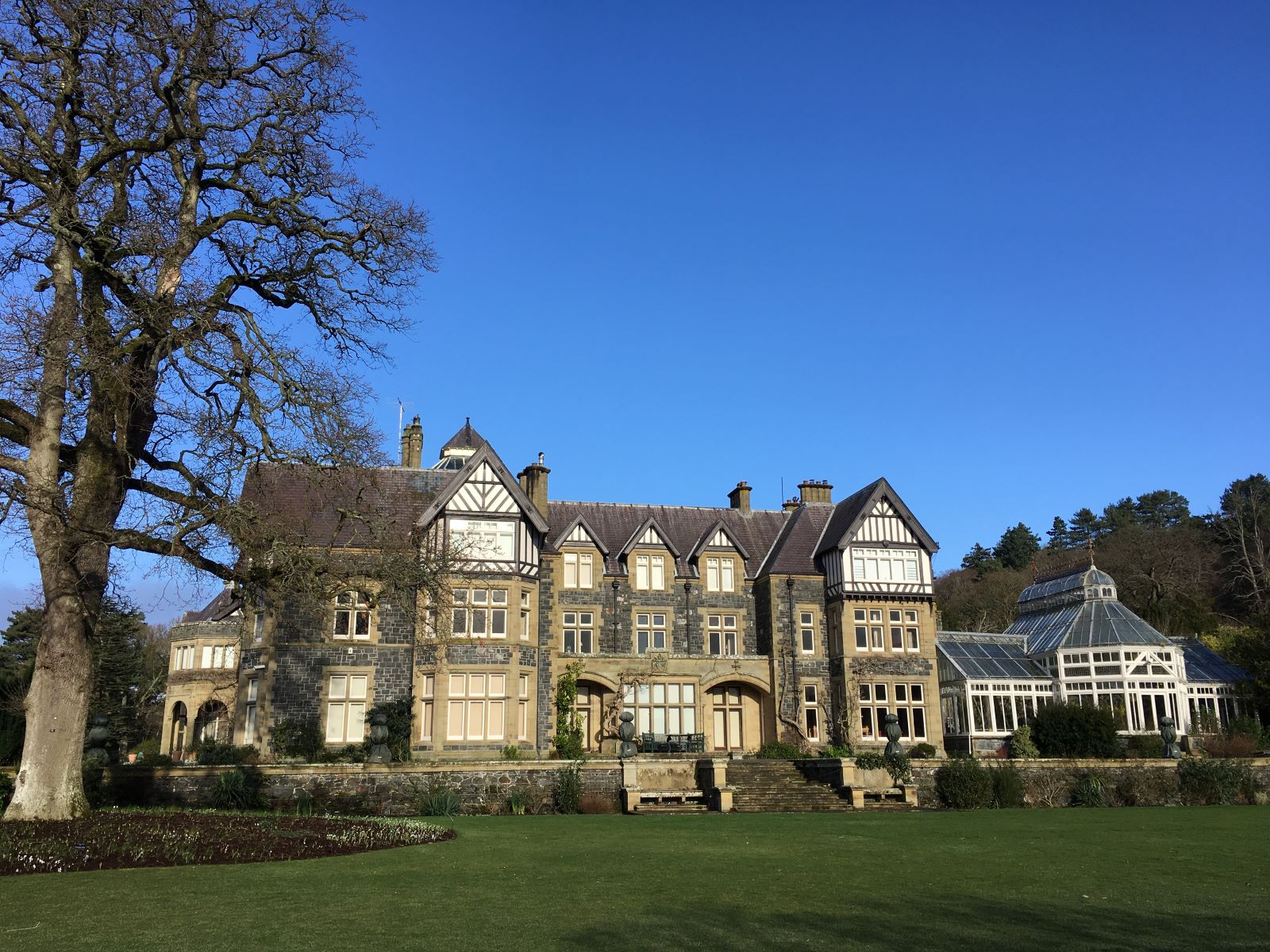
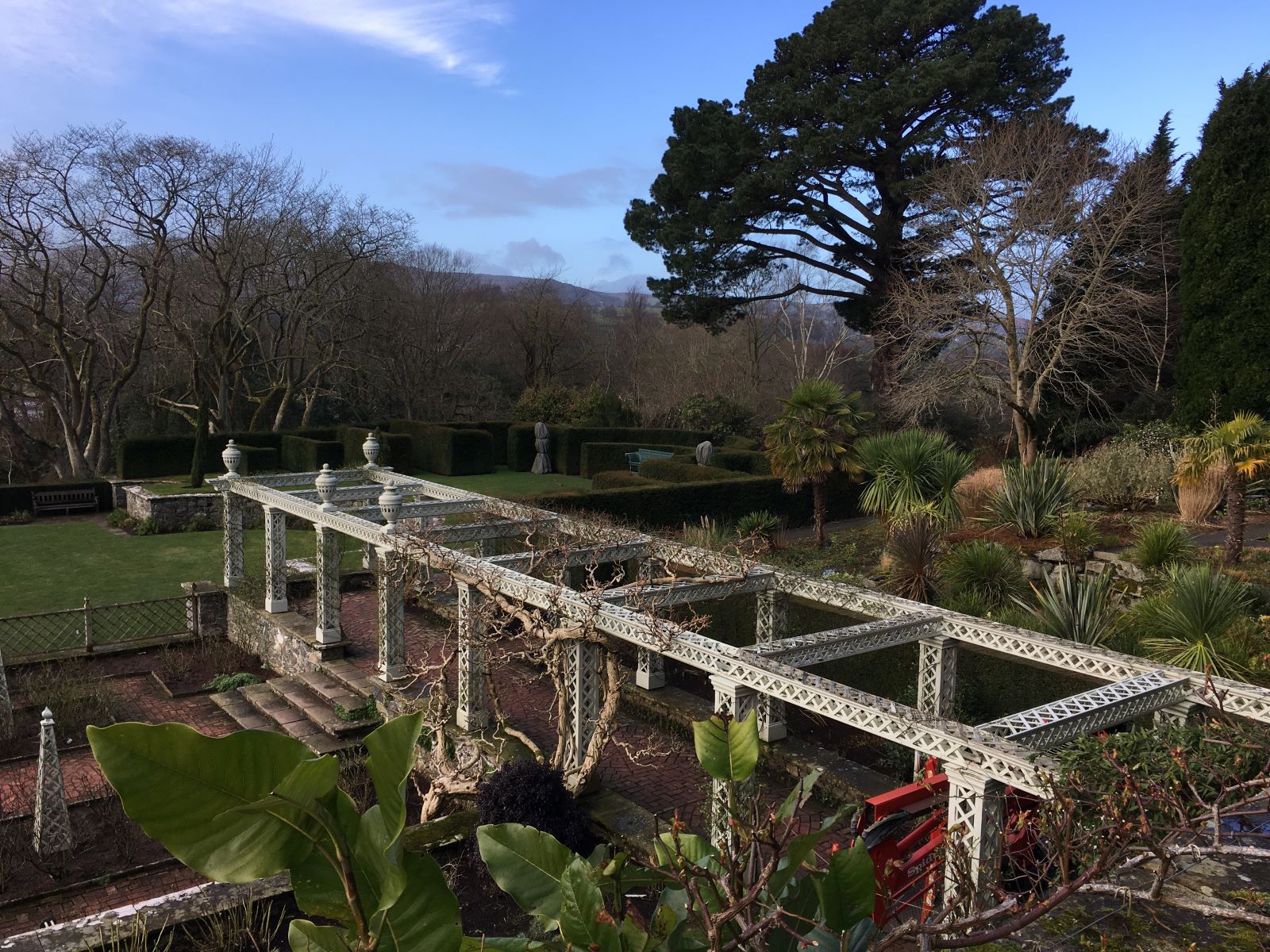
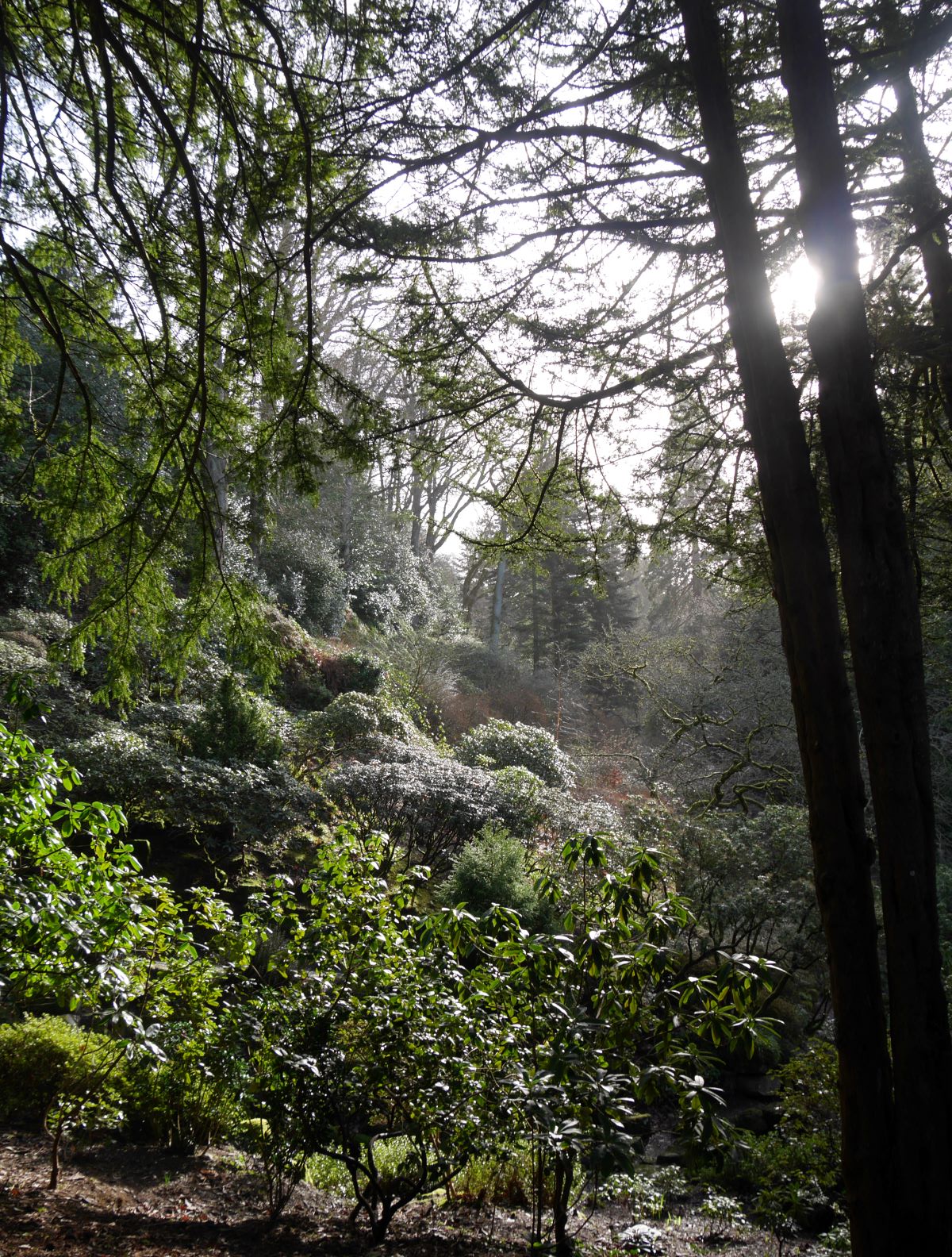

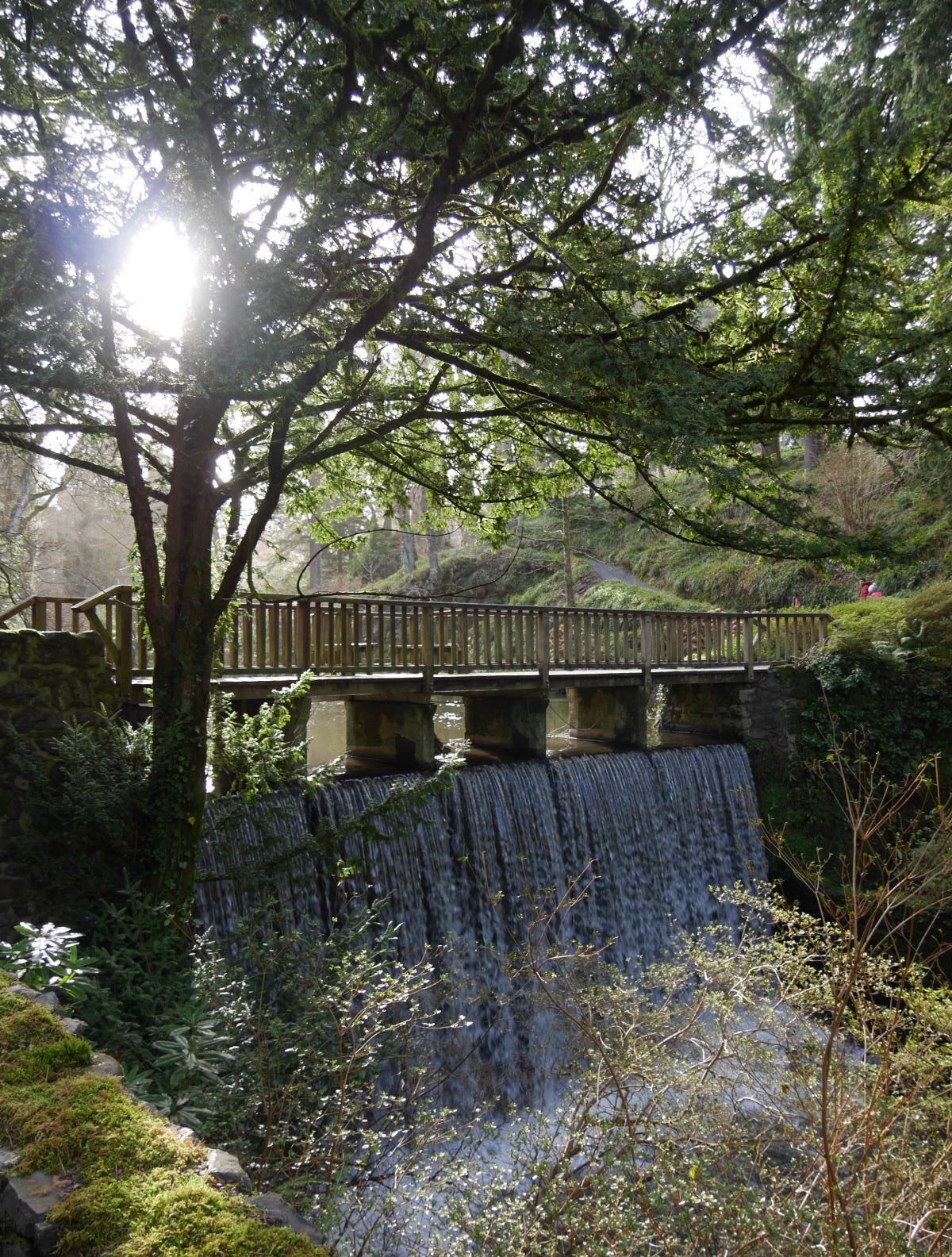
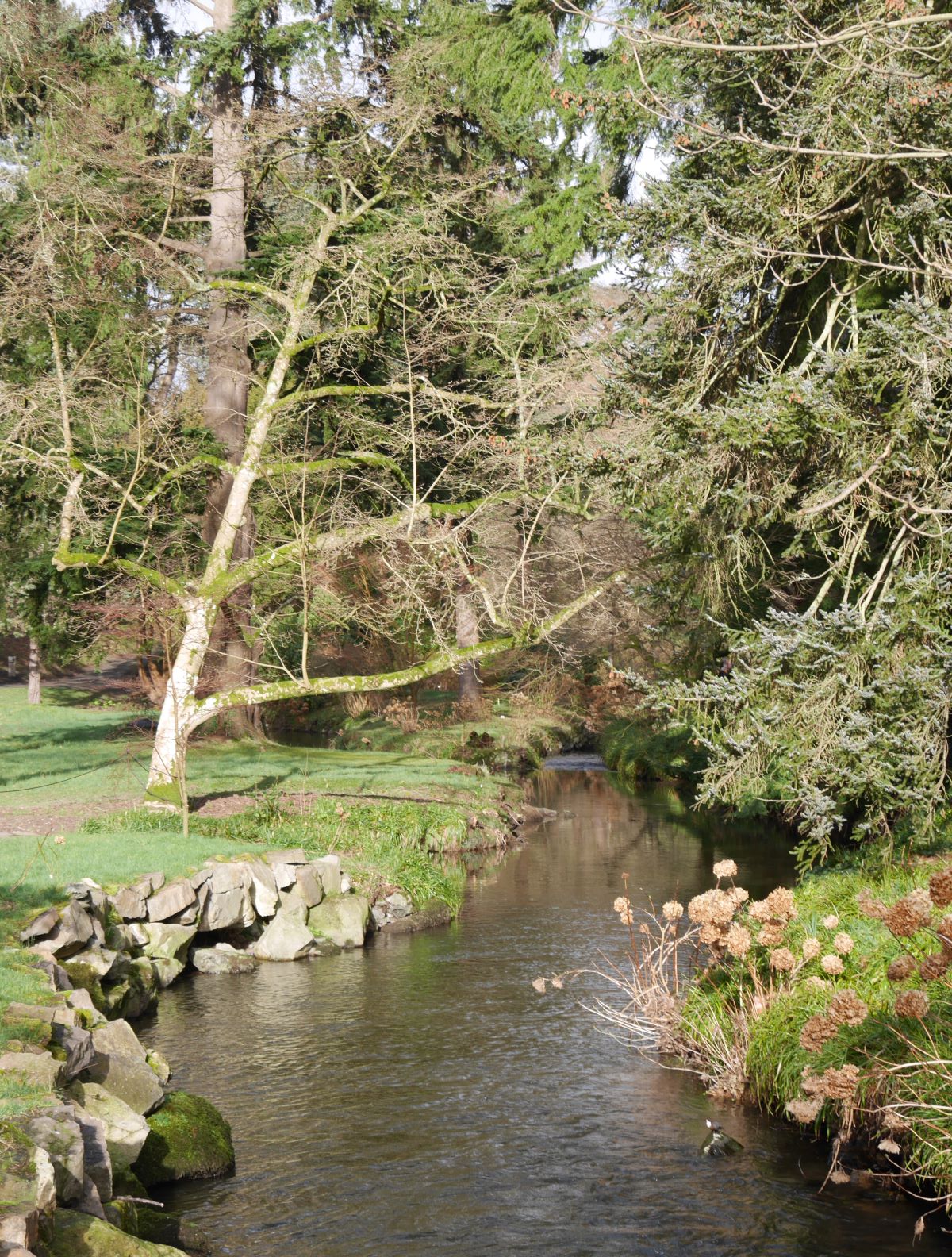
By way of illustration, the landscape at Bodnant is registered at Grade I. The Register entry confirms that this is:
… an outstanding garden in an extremely picturesque setting. The garden was begun by Henry Pochin and developed by the 2nd Lord Aberconway. The two main elements of the garden are the formal terraces around the house, and The Dell, based on Pochin’s original plantings around a stream and artificial ponds. There are also important collections of plants, including many hybrids, especially of rhododendrons, raised at Bodnant. The gardens have historical associations with the landscape designer, Edward Milner, who designed the Victorian gardens around the house. The registered area shares important group value with the house and the associated garden buildings and structures.
There is another register in Wales, the Register of Landscapes of Historic Interest in Wales. As explained in the snappily titled Guide to Good Practice on Using the Register of Landscapes of Historic Interest in Wales in the Planning and Development Process (2007), the registers were originally two parts of a single non-statutory register, in the form of an ‘overall Register of Landscapes, Parks and Gardens of Special Historic Interest in Wales’. Part 1 was the Register of Parks and Gardens of Special Historic Interest in Wales (first published in six county volumes between 1994 and 2002, and supplemented in 2007): this was replaced by the current, statutory Register of Historic Parks and Gardens in 2022. Part 2 – the Register of Landscapes of Historic Interest in Wales – aims to identify, and provide information on, ‘the most important and best-surviving historic landscapes in Wales’, and it was originally in two volumes, the first (published in 1998) covering 36 ‘outstanding’ historic landscape areas, and the second (published in 2001) covering 22 ‘special’ historic landscape areas (all 58 sites are identified here). These have since been supplemented with detailed historic landscape characterisation studies.
Scotland
Scotland also has a statutory list of parks and gardens, but here it is an inventory – the Inventory of Gardens and Designed Landscapes – and this is the first of a number of differences when compared to the English approach. Entries on the Inventory are not graded, for one thing, and are designated not on the basis of ‘special historic interest’, but ‘national importance’, with reference to artistic, historical, horticultural, architectural, archaeological, scenic and nature conservation interest (an even greater range of interests than that considered in the early days of the National Heritage Act 1983, when architectural, historic, artistic, silvicultural and horticultural interest were proposed). Each of these is individually assessed on a scale ranging from ‘outstanding’ to ‘no interest’. As outlined in the Designation Policy and Selection Guidance:
For each of these, we decide whether a site has outstanding, high, some, little or no interest. Sites that demonstrate more outstanding and high areas of interest are likely to be nationally important. Exceptionally, a site may be of national importance with only one outstanding area of interest.
‘We’ refers to Historic Environment Scotland (HES), a non-departmental public body with charitable status, and ‘the lead public body established to investigate, care for and promote Scotland’s historic environment’. The relevant legislation states that HES ‘must compile and maintain… an inventory of such gardens and designed landscapes as appear… to be of national importance’ – gardens and designed landscapes are defined as ‘grounds which have been laid out for artistic effect and, in appropriate cases, include references to any buildings, land, or water on, adjacent, or contiguous to such grounds’. There are currently just under 400 entries on the Inventory (a spreadsheet listing these and other designations may be accessed here).
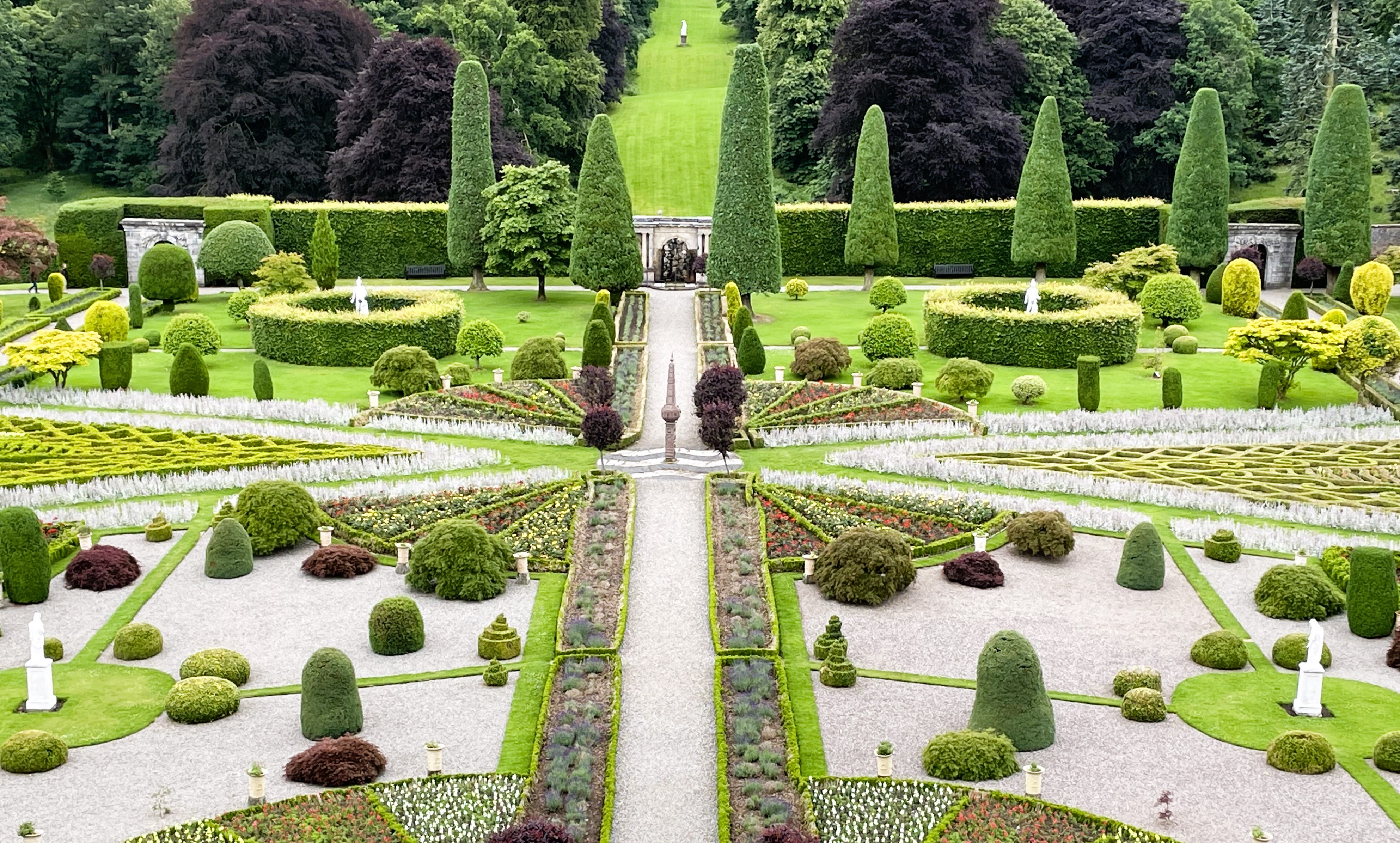
Once again, the purpose of the Inventory is to identify and protect designed landscapes, the latter through the Inventory’s links to the planning system. The Inventory is a material consideration in the Scottish planning system, and HES (and HES alone) is a statutory consultee: planning authorities are required to consult HES on ‘development which may affect… a historic garden or designed landscape’. The Scottish equivalent of the Gardens Trust – Scotland’s Garden and Landscape Heritage (SGLH) – is not a statutory consultee, but ‘provides independent advice on Inventory and non-Inventory sites when requested by planning authorities’.
National planning policy for the historic environment (including heritage assets such as parks and gardens on the Inventory) is set out in Scottish Planning Policy (SPP), the Historic Environment Policy for Scotland, and Managing Change in the Historic Environment: Gardens and Designed Landscapes.
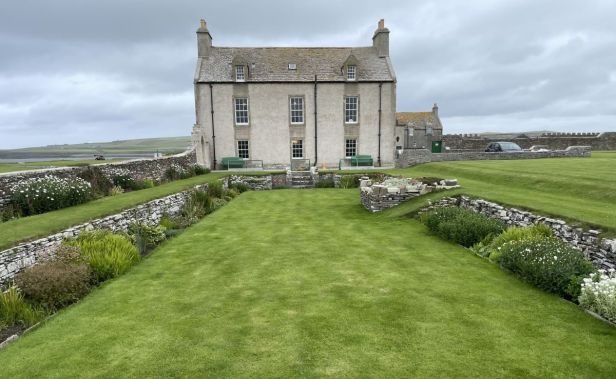
Two examples of parks and gardens on the Inventory are illustrated within this post. Drummond Castle is described as ‘the best example of formal terraced gardens in Scotland’, in a landscape started in 1630. It is classified as ‘outstanding’ for its artistic, historical, architectural and nature conservation interest, and ‘high’ for its horticultural and scenic interest (archaeological interest was not assessed). Due to the ‘arrangement of its geometric lawns, terraces and enclosures’, Skaill House is a ‘striking and unusual complex of formal gardens and historic house’, closely associated with the discovery of the adjoining Skara Brae. Its historical, architectural, archaeological, and scenic interest are assessed as ‘outstanding’; it has ‘high’ artistic interest, and ‘some’ horticultural and nature conservation interest.
Northern Ireland
The main source of guidance on the approach to historic parks and gardens in Northern Ireland is here, and confirms that there is a (non-statutory) Register, specifically the Register of Parks, Gardens and Demesnes of Special Historic Interest (‘demesnes’ being defined as ‘the land that a landlord retains for his own use’). The criteria used to add sites to the Register include historic, horticultural/arboricultural, architectural, archaeological and nature conservation/scientific interest.
In total, ‘over 700 historic parks, gardens and demesnes have been identified in Northern Ireland’. These are noted in the Northern Ireland Heritage Gardens Archive, which is itself part of the Historic Environment Record of Northern Ireland. Further information on the sites in the Record is set out in the Heritage Gardens Inventory (1992). The Register appears to be a subset of the Inventory, established in 1999, ‘to identify those sites that can be considered of exceptional importance within Northern Ireland’. The Government website advises that ‘it currently contains 252 entries’, and that ‘around 154 sites have been selected on the main Register’ (there is also a ‘supplementary Register’); all registered sites may be viewed on the Historic Environment Map Viewer. This provides only the site’s name, extent, grade (Register entries are classed as A*, A or B), and reference number; looking up this reference on the Inventory provides further information about the park, garden or demesne in question, including which of the following categories it falls within:
- Landscape Park
- Plant Collection
- Ancient Remains
- Late Formal
- Buildings
- Artefacts
- Early Formal
- Landscape Garden
The Historic Environment Division (HED) within the Department for Communities is responsible for the production of the Register. As elsewhere in the UK, identification is closely linked to protection through the planning system, and, as the Consultation Guide explains, HED is also consulted on planning applications ‘likely to affect the site or setting of a historic park, garden or demesne’, for proposals ‘within or immediately adjacent to… a site contained in the Department’s Register of Historic Parks, Gardens and Demesnes of Special Historic Interest, including supplementary sites to the Register’ (the Northern Ireland Heritage Gardens Trust is not formally consulted on planning applications affecting historic parks and gardens, but is ‘committed to preserving [their] integrity’). The Register is a material consideration in the planning system. National planning policy for the historic environment is set out in the Strategic Planning Policy Statement for Northern Ireland (SPPS), and Planning Policy Statement 6 (PPS6): Planning, Archaeology and the Built Heritage: ‘inclusion in both the Main Register and Supplementary Register affords these sites protection’ under these policies.
An example of a registered site is Colebrooke, in County Fermanagh. Described on the Inventory as a ‘fine demesne’, and registered at Grade A*, the more comprehensive Register entry from 2020 notes that it is demesne parkland of 390 hectares, and the ancestral home of the Brooke family since the 1640s. Traces of the seventeenth century landscape remain, such as a tree-lined avenue, but the current incarnation is believed to have been laid out primarily in the early nineteenth century, within a challenging ‘undulating drumlin landscape’. It includes the meandering Colebrooke River, iron bridges, a cottage orné, a walled garden, glasshouses, lodges, ornamental gardens, woodland, parkland, and drives, and was described in 1835 as ‘very handsomely laid out’. A sunken garden was added in the 1920s. Colebrooke Park is shown in the images below (source: https://colebrooke.info/gallery/).
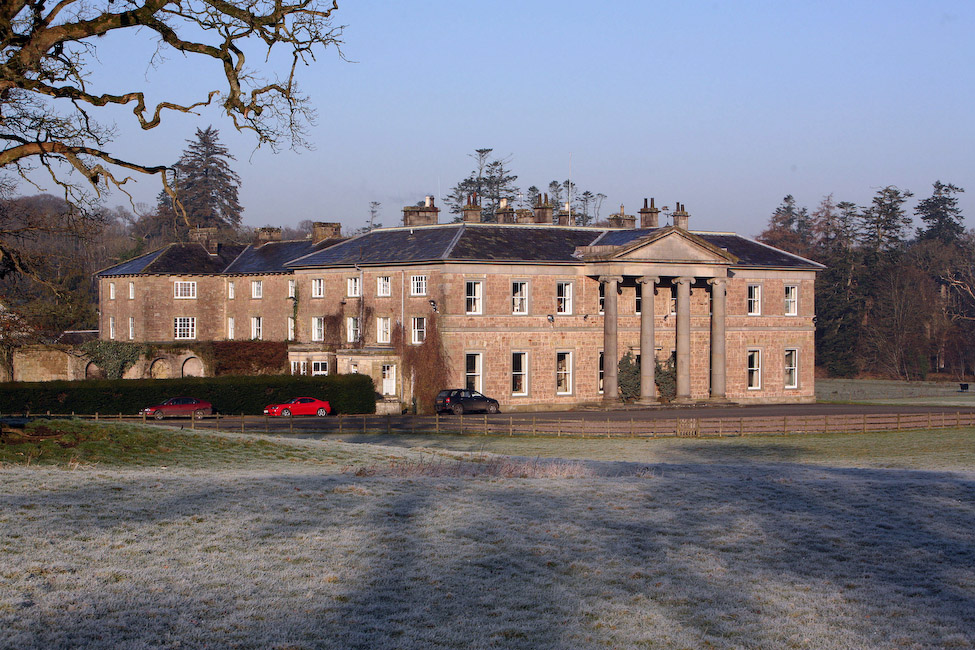


Conclusion
The various registers and inventories across the UK have much in common, notably the fact that they exist at all, have historic (or historical) interest as a qualifying criterion, and have no associated consent regime. In all four nations, registered historic parks and gardens have close ties to, and are protected by, the planning system, with the Register or Inventory being a material consideration, and national planning policy making explicit reference to their protection. All have a statutory consultation requirement based on the parks and gardens in question being ‘affected’ by a development proposal.
The occasional differences are all the more interesting for the generally shared approach. It is only in Northern Ireland that the Register is not statutory, and only in Scotland and Wales that the power to create the Register is not merely permissive. ‘Special’ interest is the quality required for registration in England, Wales and Northern Ireland, but in Scotland this is ‘national importance’. Scotland has no grading; whilst England, Wales and Northern Ireland all have three grades, these vary in name and definition. Both Scotland and Northern Ireland consider an extensive range of interests when designating, including horticultural and nature conservation interest; in Scotland, these are individually scored. The approaches to conservation emerged across an extended period, starting in the 1980s and finishing in the 1990s, but, ultimately, they have something in common here, too: as shown by the transformation of the Welsh Register to a statutory one in 2022, and the addition of a statutory duty in England in 2023, the conservation of historic parks and gardens continues to evolve across the UK.

